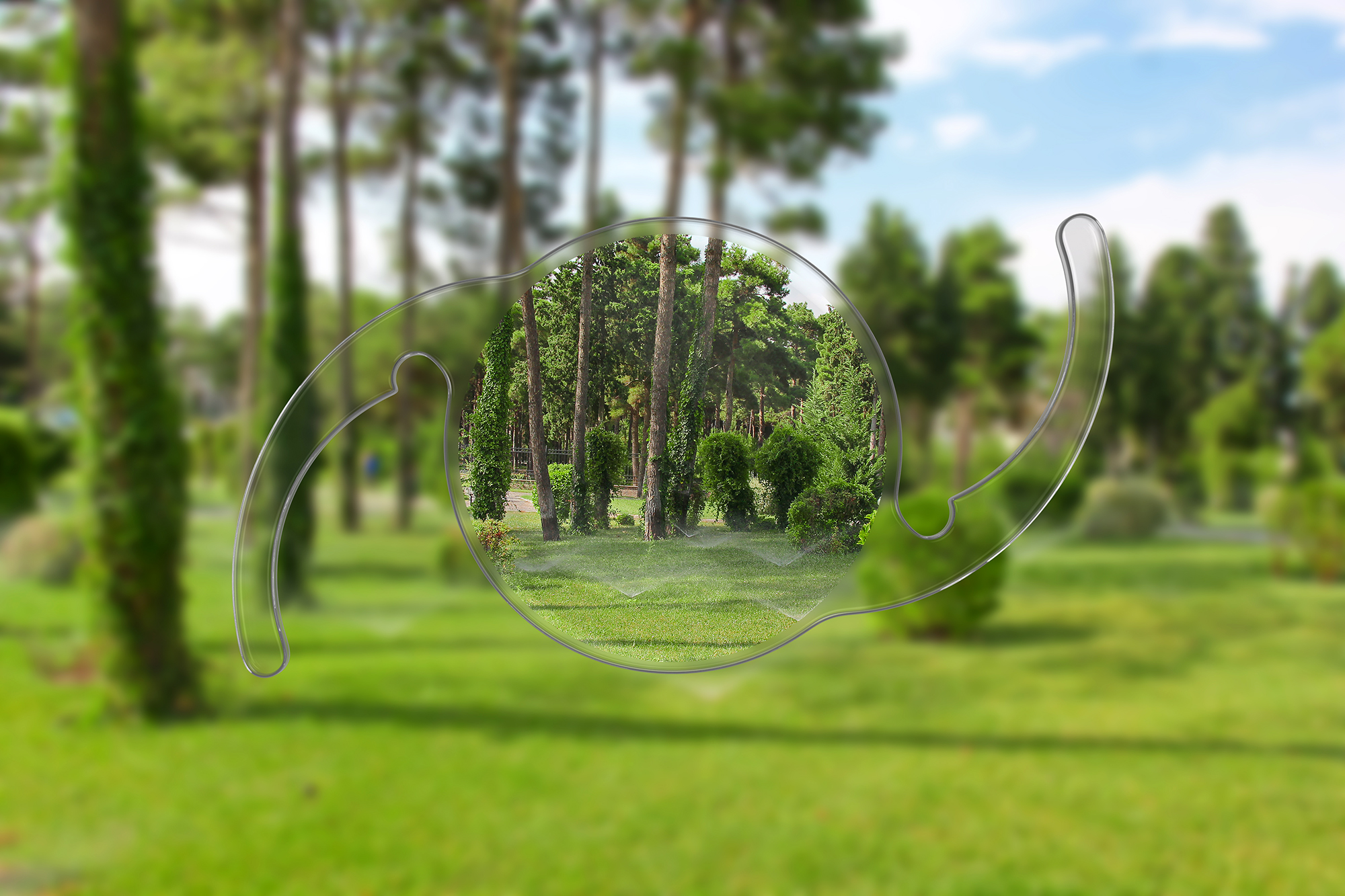

Cataracts often form due to aging, when the proteins that make up the natural lens of the eye begin to break down and form clumps, called cataracts. Typically developing over time, they slowly start to impair your vision.
Luckily, cataract surgery can remove the cataract-affected natural lens and replace it with an intraocular lens (IOL) to restore clear vision.
Schedule Your Screening OnlineBecause cataracts form gradually over time, many patients do not experience symptoms at first. Visual impairment can often be improved with higher prescriptions for glasses and contacts.
Once your cataracts begin to develop further, you may experience common symptoms like:






If you notice these common signs of cataracts, you should schedule an eye exam with your eye doctor at The Omaha and Lincoln Eye and Laser Institute. They will perform various tests to diagnose your condition and ask questions about how your symptoms impact your life.
If your cataracts are affecting your ability to do things like driving, working, socializing, or reading, your eye doctor will likely recommend you schedule cataract surgery.
Take our cataract self-testCataract surgery involves removing the cataract-affected natural lens of your eye and replacing it with an intraocular lens, or IOL. At your cataract surgery consultation, your eye doctor at The Omaha and Lincoln Eye and Laser Institute will review our intraocular lens (IOL) options with you to help you find the best choice for your lifestyle and visual goals.
We are proud to carry the latest technology in IOLs, including advanced lenses like multifocal lens implants and the Light Adjustable Lens, so you can improve your vision and reduce your reliance on visual aids after cataract surgery.

Typically completed in just 20 to 30 minutes, cataract surgery is a quick, minimally invasive outpatient procedure performed in our surgery center, meaning you can go home the same day to begin recovery. You will need someone to drive you to and from the procedure.
If you need cataract surgery on both eyes, you will have the procedure done on one eye at a time, with enough time between each procedure for the first eye to heal. This ensures you can still see clearly enough during your recovery to complete everyday tasks.
To begin the procedure, your cataract surgeon will apply anesthetic drops to numb your eye. They may offer you a mild IV anti-anxiety medication to help you stay relaxed and comfortable, as you will be awake throughout the procedure.
Once your eye is fully numbed, your cataract surgeon will create a small incision in your cornea. Then, they will use ultrasound waves to break up your natural lens in a process called phacoemulsification.
These fragments are carefully suctioned away and replaced with your new IOL. The incision will heal without needing stitches, and your cataract surgeon will place a protective patch over your eye.


Immediately after cataract surgery, you may experience side effects like blurry vision and watery, red eyes. However, these side effects are temporary, and your vision will improve as you heal. You will need to follow postoperative care instructions outlined by your cataract surgeon, including:
At your follow-up appointments after the procedure, your cataract surgeon will let you know when it's safe to return to your regular routine and resume activities like driving and exercising. Most patients are cleared to drive at the first follow-up appointment and can safely resume work after one to three days of recovery.
Once you have healed from cataract surgery, you can expect crisper, clearer vision with your new IOL. It cannot develop cataracts, meaning you will never have to worry about losing your vision to cataracts again.
Depending on the IOL you choose, you may even experience better vision than you ever had before and enjoy independence from glasses and contacts altogether.
Schedule Your Screening Online
As one of the first to introduce bladeless LASIK (2002) and bladeless laser cataract surgery (2011) to Nebraska, the team at Omaha Eye and Laser has spent decades helping our patients achieve clear vision and reducing their dependence on glasses and contacts.
Our AAAHC-accredited, state-certified surgical center houses the most advanced laser technology available. With extensive training and experience, our staff prioritizes consistent care, exceptional quality, and transforming lives through better vision.
Are you ready to restore your vision through cataract surgery? Get started by scheduling a cataract surgery consultation at The Omaha and Lincoln Eye and Laser Institute in Omaha and Lincoln, NE, today!
Schedule Now